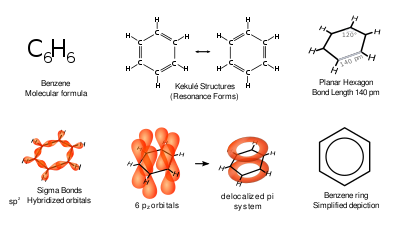# Understanding the Dual Nature of Ultraviolet Irradiation
Written on
Chapter 1: The Science of Ultraviolet Irradiation
Ultraviolet (UV) irradiation is a concept many of us are somewhat aware of. While we recognize its existence and the various applications it has, the nuances of its effects can be quite complex.
When we spend extended periods outdoors, we expose ourselves to UV rays from the sun, which increases our risk of skin cancer, as well as causing painful sunburns. Conversely, UV light is also utilized in water treatment processes to disinfect water, effectively eliminating harmful microorganisms and pathogens.
But how can one use of UV be beneficial while the other poses a significant health risk? The answer lies in understanding the underlying science of UV radiation.
The energy from UV rays is emitted in the form of photons, with their energy levels being defined by physicist Max Planck's principles. As these photons traverse through space, they interact with various materials as a form of electromagnetic radiation—a fundamental aspect of radiation physics.
What is the biochemical impact of these photons?
To grasp this, we must consider that numerous proteins and the DNA structures within bacterial cells consist of various aromatic or heterocyclic rings, which are rich in delocalized electrons. The simplest example of such a ring is benzene:

When UV light hits these ring structures, the photons can energize some of the delocalized electrons, causing them to move out of their stable configuration. If this electron excitation were reversible—allowing the excited electron to return without causing lasting damage—there would be no significant consequences.
However, the stability of the ring structure means that losing an electron doesn't compromise its integrity. The excited electron, now unstable, seeks another electron from a different chemical structure, leading to the formation of reactive oxygen species (ROS).
This ROS is beneficial when it comes to sterilizing bacteria, as it can react with stable components of bacterial cells, generating even more ROS. Ultimately, this process damages the DNA within these cells, resulting in mutations and halting their reproduction, effectively allowing us to purify water for consumption.
Yet, our skin cells also contain these aromatic and heterocyclic rings. Prolonged exposure to UV light can trigger a similar photosensitization process, leading to DNA damage in our skin through ROS production.
While this process doesn't cause immediate skin cancer, it can have detrimental long-term effects. ROS can compromise the structural integrity of collagen proteins in our skin, leading to loss of elasticity and the formation of wrinkles—the hallmark of aging.
The Aging Process: Biochemical Reactions in Action
The visible signs of aging can be attributed to these biochemical reactions, which, while not overly complex, require careful management to mitigate their effects.
If the body's autophagy processes are functioning adequately, mutated cells can be effectively disposed of, preventing them from accumulating to a critical mass.
Autophagy: The Body's Cleanup Crew
This process is akin to a company managing its workforce by hiring and firing personnel as necessary. If mutated cells start to gather, they can lead to cancerous growths.
This brings us to the question: Do charred foods really pose a cancer risk, or is the immune system's ability to eliminate defective cells the real concern?
Do Charred Foods Really Cause Cancer?
This line of reasoning emphasizes the importance of maintaining a robust immune response.
The rise of paraben-free skincare products reflects growing awareness about this issue. Although parabens serve as effective preservatives, their chemical structures include aromatic rings that can react adversely to UV exposure.
Consequently, the very products we apply to shield our skin from UV rays may potentially become harmful when subjected to sunlight, particularly if our body's autophagy mechanisms are not operating optimally.
Ultraviolet Germicidal Irradiation Fundamentals and Indoor Environment Applications: This video delves into the principles of ultraviolet germicidal irradiation, discussing its applications in indoor environments and its role in sterilization processes.
Setting the Record Straight: Dispelling Myths about UV Light, Sun Protection and Skin Cancer: This video aims to clarify common misconceptions surrounding UV light, its effects on skin health, and the importance of sun protection.
In conclusion, the dual nature of ultraviolet irradiation presents both advantages and risks. Understanding the science behind these interactions can empower us to make informed choices regarding our health and skincare.